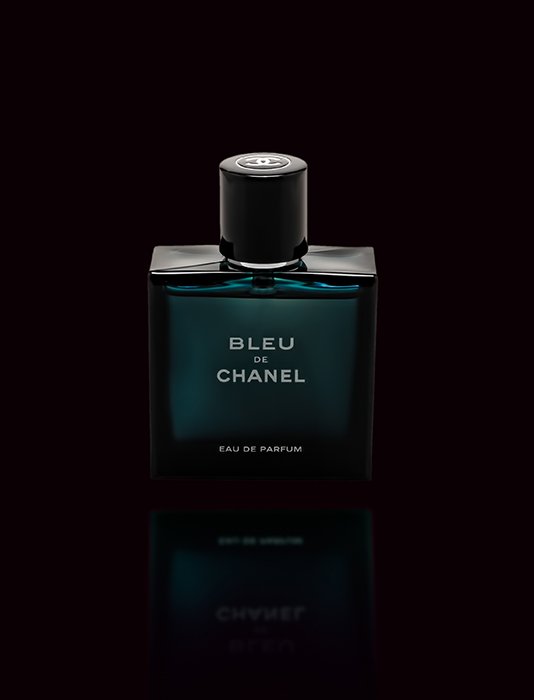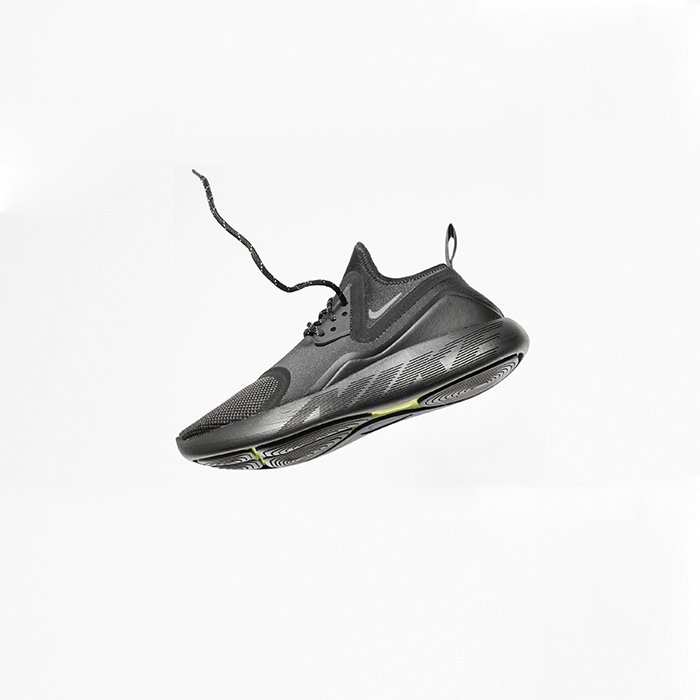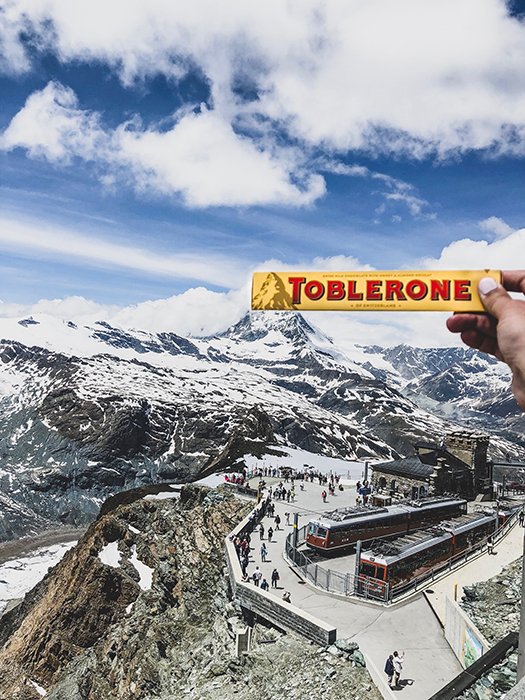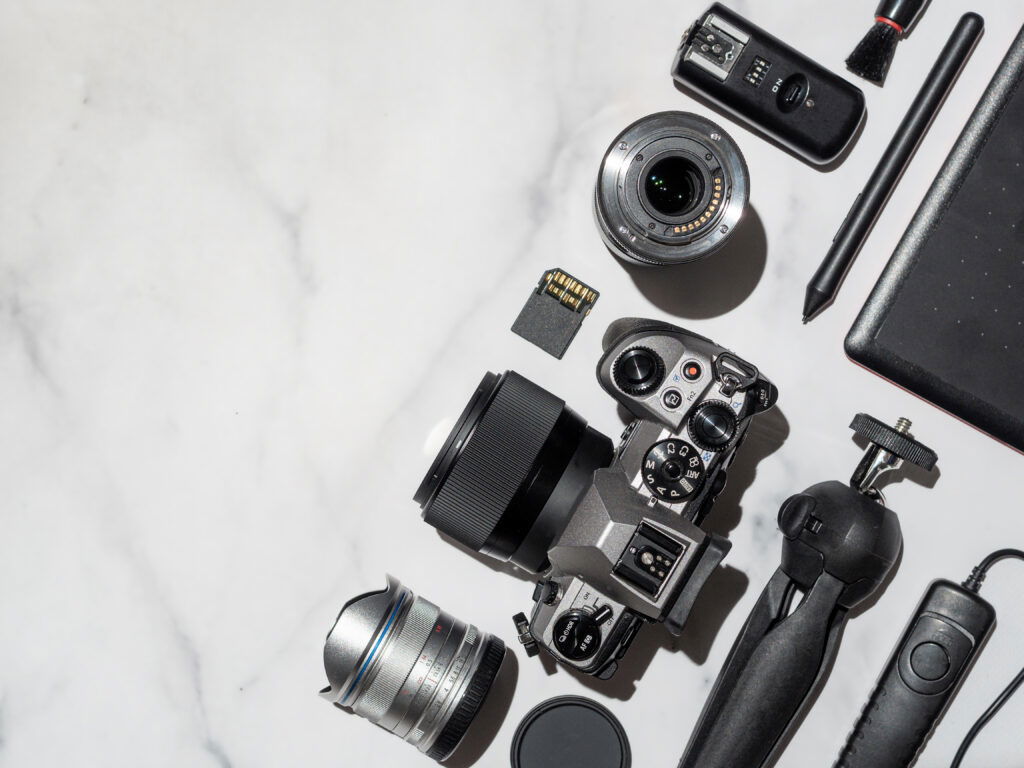When it comes to photography, there are two main schools of thought: commercial and fine art. But what are the main differences in the fine art vs commercial art debate.
Commercial shooters are typically more interested in the final product–an image that is well-composed and correctly exposed, with good technical skills. Fine art photographers, on the other hand, often explore different ways of seeing the world and using photography as an expressive medium
Which approach is right for you? Here’s a look at the key differences between these two styles.
Fine Art vs Commercial Art Photography: What Is the Difference?

Fine art photography has many abstract meanings. In general, a high-quality photo that’s emotional and meaningful is fine art.
As a fine art photographer, you have full control over your images. You can make your images as abstract or as clear as you like. You can come up with a limitless amount of ideas without getting approval from someone else.
All photography genres fall into this category. Meaningful photos of people, flowers, landscapes, and more, can be fine art.
Fine art photographers often sell photo prints. Or they join stock photo agencies that work with book publishers, music industries, etc.
What Is Commercial Photography?

Commercial photography revolves around a product or service. A commercial photographer’s main goal is to sell a product. That means that they have to stick to the rules they’re given by their employer.
As a commercial photographer, you have to take photos that represent your employer’s vision. Sometimes, fine art photography and commercial photography merge to create a unique concept. In this way, the two genres are very similar.
Like fine art photography, commercial photography is open to all kinds of people and places. You can use your specific skills to photograph models, landscapes, buildings, objects, and so on. Anything that advertises your employer’s product.
All kinds of artists can become commercial photographers.
Fine Art Vs. Commercial Photography

Fine art photographers have more control over their photos than commercial photographers. Commercial photographers depend on their employer’s vision and rules. They can’t be as flexible as fine art photographers.
Another important difference is time. Fine art photography lacks schedules and deadlines. Commercial photography depends on the company’s schedule.
Both genres are very different when it comes to paychecks, too.
Fine art photographers can sell their photos in a variety of ways. Unless they have a regular client who buys their work, they won’t have a steady income.
Commercial photographers work for companies that pay them.
Many artists agree that commercial photography is more reliable when it comes to money.
Fine Art Photography Ideas
Use Simple Backgrounds to Make Your Subject Stand Out

If you search for fine art photos online, you’ll notice that many of them have simple backgrounds.
A simple background will put the spotlight on your subject. Choose colors that complement your model’s outfit (if it’s a person) or general appearance (if it’s an object).
Black, white, and grey backgrounds work with any subject. Use these if you don’t know where to start.
Use Ambient Light to Enhance Your Photos

Another quality that many fine art photos share is ambient light. Ambient light comes in a variety of forms,. These can help you take moody photos of your subject.
Ambient light can be natural or artificial. The fewer sources of light you have, the moodier your photos will be.
A combination of ambient light and a simple backdrop will help you capture the indescribable atmosphere of a fine art photo.
Convert Your Photos to B&W to Make Them More Emotive

Black & white photography is an emotional genre that you can use to add depth to your images.
If your photos are too vibrant or have too many background distractions, try converting them to B&W. You can also shoot in monochrome mode to avoid getting distracted by colors.
A simple B&W conversion can turn plain photos into fine art.
Commercial Photography Ideas
Take Photos of Simple Objects

To improve your commercial photography skills, grab a bunch of items you use every day.
Focus on making the brand name as appealing as possible. Experiment with natural and artificial light. Use simple backdrops to emphasize your product’s shape and size.
Your equipment doesn’t need to be professional. In fact, the more you experiment with simple lights like lamps and torches, the easier it will be for you to make any object look good.
Take Photos of People to Improve Your Fashion Photography Skills

If you’re a fan of portrait photography, you’ll enjoy diving into the colorful world of fashion.
Commercial fashion photography doesn’t focus only on brand names. It gives photographers a chance to capture the beauty of people while also focusing on their outfits.
As a fashion photographer, you might get the chance to work with makeup artists, hairstylists, and designers.
You can also work on your own. Some commercial photographers shoot independently for clothing companies.
Capture Objects in Motion to Become a Better Editor

Many commercial photos feature objects in motion. Products that relate to sports photography, like sneakers, are perfect for this.
You can’t throw a shoe and attempt to take a photo of it, of course. You can use the levitation technique. This is common in surreal portrait photography, to create the illusion of movement.
Use Products to Enhance or Complete a Landscape

Most products come with intricate designs. Take Toblerone, for example. You can use the illustration of a mountain in a landscape photo like the one above too.
Look for designs that you could use in a similar way.
This challenge won’t give you clients. But it will improve your imagination and help you look at simple things from a unique perspective. These skills are important in any photography genre.
Conclusion

Fine art and commercial photography have their similarities. But they’re two different genres that appeal to a rich variety of people.
If you like being in full control of your photos without worrying about deadlines, fine art photography is for you. If you don’t mind instructions and enjoy turning simple objects into works of art, you’ll love commercial photography.
Experiment with both genres and you’ll discover an exciting world of creative opportunities!
Fine art and commercial photography have their similarities. But they’re two different genres that appeal to a rich variety of people.
If you like being in full control of your photos without worrying about deadlines, fine art photography is for you. If you don’t mind instructions and enjoy turning simple objects into works of art, you’ll love commercial photography.
Experiment with both genres and you’ll discover an exciting world of creative opportunities!

